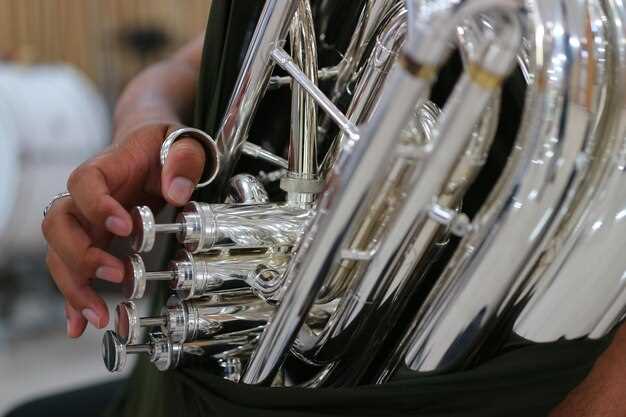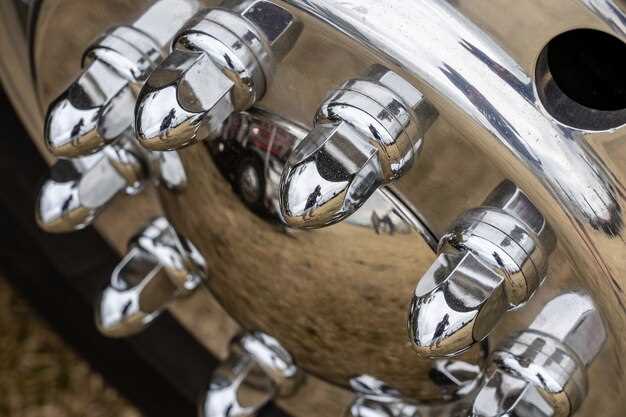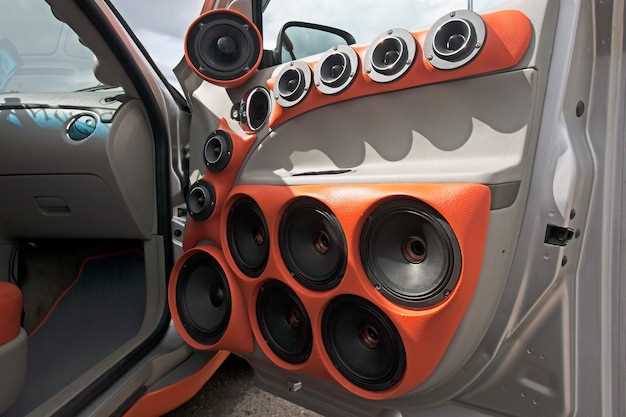
Upgrading your vehicle’s exhaust system is one of the most effective modifications for enhancing both performance and sound quality. An optimized exhaust system not only allows your engine to breathe better, improving horsepower and torque, but also produces a more aggressive and satisfying exhaust note. For car enthusiasts and casual drivers alike, choosing the right system can significantly impact your overall driving experience.
When considering an exhaust upgrade, it’s essential to understand the various options available on the market. Different materials, designs, and configurations contribute to the distinct sound profiles and performance gains each system offers. Whether you are seeking a deep rumble, a sporty growl, or a more subtle tone, there is an exhaust system tailored to meet your specific desires.
In this article, we will explore some of the best exhaust systems that excel in boosting performance while delivering exceptional sound quality. By evaluating key features, benefits, and sound characteristics of each option, we aim to guide you towards making an informed decision for your vehicle upgrade.
Choosing the Right Material for Your Exhaust System
Selecting the appropriate material for your exhaust system is crucial for optimizing performance and sound quality. Different materials come with distinct characteristics that can significantly influence your vehicle’s efficiency and auditory experience.
Stainless steel is one of the most popular choices among enthusiasts for its excellent durability and resistance to corrosion. It can handle high temperatures, ensuring that your exhaust system maintains its integrity over time. Upgrading to a stainless steel exhaust system can enhance performance by reducing weight and improving exhaust flow, which leads to better horsepower and torque.
Aluminized steel is another option that offers a good balance between cost and performance. It is lighter than stainless steel and provides decent corrosion resistance. However, it may not last as long in extreme conditions, which could affect your vehicle’s overall performance in the long run. If you’re considering an economical upgrade, aluminized steel systems can still provide a noticeable improvement in sound and performance but may require more frequent replacements.
For those seeking the ultimate in performance, titanium is an outstanding option. Its lightweight nature allows for faster acceleration and a more responsive throttle. Titanium exhaust systems also produce a distinctive sound that is often preferred by performance enthusiasts. However, this premium material comes with a higher price tag, making it a less common choice for everyday drivers.
Ultimately, the right material for your exhaust system depends on your specific performance goals, budget, and how you plan to use your vehicle. Carefully weighing these factors will help you make an informed decision that enhances both the performance and auditory experience of your car.
Impact of Exhaust Diameter on Performance and Sound

The diameter of an exhaust system plays a crucial role in both the performance and sound quality of a vehicle. A larger exhaust diameter generally facilitates better exhaust gas flow, reducing backpressure and enhancing engine performance. This can lead to an increase in horsepower and torque, particularly in high-performance or modified engines that generate significant exhaust output.
On the other hand, an excessively large diameter may not always yield optimal results. It can result in a loss of scavenging effect, which is the process where outgoing exhaust gases help draw in fresh air and fuel mixture. This phenomenon is particularly important in smaller engines that rely on the momentum of exhaust gases to improve efficiency. Therefore, it is essential to match the exhaust diameter to the specific engine characteristics to achieve the best performance outcome.
In terms of sound, the diameter of the exhaust significantly influences the acoustic profile of the vehicle. A smaller diameter often produces a higher-pitched sound, while a larger diameter tends to generate deeper, more aggressive tones. Many enthusiasts prefer a combination of performance and sound, seeking an exhaust system that not only maximizes horsepower but also delivers a satisfying auditory experience.
Ultimately, selecting the appropriate exhaust diameter is essential for optimizing performance and sound quality. When upgrading an exhaust system, careful consideration of the vehicle’s engine specifications and performance goals is crucial to ensure that the chosen diameter will enhance both performance and acoustic appeal.
Installation Tips for Optimizing Exhaust System Benefits

Installing a new exhaust system can significantly enhance your vehicle’s performance and sound quality. To ensure you achieve the maximum benefits from your exhaust, consider the following tips during installation.
First, choose a high-quality exhaust system that matches your vehicle’s specifications and performance goals. Research brands known for their craftsmanship and materials. Stainless steel and aluminized steel options offer durability and resist corrosion, contributing to longer lifespans.
Next, ensure proper fitment during installation. Misalignment can lead to vibrations, rattling, and inefficient exhaust flow. Double-check mounting points and use the provided hangers to secure the system adequately. An aligned exhaust system minimizes back pressure, enhancing overall performance.
Another critical factor is the removal of old components. Take the time to remove all remnants of the previous exhaust system, including clamps and gaskets. This cleaning ensures a smooth installation of the new system and prevents leaks that can hinder performance.
Paying attention to the exhaust routing is essential. Ensure that the system follows the manufacturer’s specifications for optimal flow and sound. Avoid sharp bends and tight spots that could restrict airflow, as these can counteract the benefits of your new exhaust.
Consider upgrading additional components, such as headers or a high-flow catalytic converter, in conjunction with your new exhaust system. These modifications work synergistically to boost performance and enhance the overall sound profile of your vehicle.
Lastly, after installation, monitor the exhaust for any unusual sounds or leaks. Regular checks can help maintain performance and showcase the sound quality of your new setup. Proper care and maintenance will ensure that your exhaust system continues to deliver the benefits you desire.




